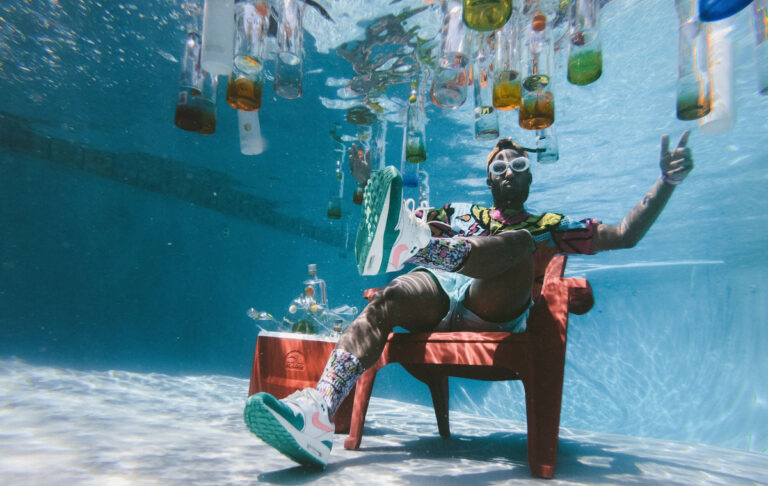Nike and Bumble give office staff a week off for mental health break
In June, Whitney Wolfe Herd, the founder of the dating app Bumble, gave her 700 employees an extra week of paid leave to give her “burnt-out” staff time to destress and switch off. Now Nike is following her lead in the US by giving its head office employees a week off to “destress” and recover from the pressures of the COVID-19 pandemic.
The world’s largest supplier of athletic shoes and apparel said workers at its headquarters in Oregon would be “powering down” until Friday 3 September, with senior leaders encouraging staff to ignore all work responsibilities in order to aid their mental health.
“Take the time to unwind, destress and spend time with your loved ones. Do not work,” the Nike senior manager of global marketing science, Matt Marrazzo, said in an open message to staff posted on LinkedIn.
“In a year (or two) unlike any other, taking time for rest and recovery is key to performing well and staying sane,” Marazzo continued. He acknowledged that “this past year has been rough,” adding that staff should recognise that “we’re all human” and living through a traumatic event.
Marrazzo said the perks and support for staff at Nike were “good business but it’s also the right thing to do.” “It’s not just a ‘week off’ for the team… it’s an acknowledgement that we can prioritise mental health and still get work done,” he added.
It puts Nike among a growing number of businesses offering extra time off, or making concessions around working responsibilities, to combat the burnout caused by home working and constant video calls that have blurred the line between personal and professional lives for so many employees.
In March, shortly before Bumble announced its own mental health break initiative two months ago, global investment bank Citigroup banned work video calls on Fridays to help employees break free from the “relentlessness of the pandemic workday.” The bank also designated 28 May as a company-wide holiday, which it called ‘Citi reset day’ and encouraged staff to book more time off.
Meanwhile, workers in other industries have complained about working long hours and the effect this has had on their well-being. Earlier this year, a group of younger bankers at Goldman Sachs warned they would be forced to quit unless conditions improved. They said they were working an average of 95 hours a week and slept five hours a night.
A spokeswoman for the investment bank said at the time, “A year into COVID, people are understandably quite stretched, and that’s why we are listening to their concerns and taking multiple steps to address them.”
Roughly one in three workers back in the workplace said the recent return-to-office shift negatively impacted their mental health, according to a McKinsey survey of 1,602 employed people conducted in June. Meanwhile, another one in three workers said going back to an office had a positive impact on their mental health, with the primary benefit being they feel more engaged upon their return. This proves that every worker has been impacted by the COVID-19 pandemic in varied different ways.
Researchers have also cautioned that returning to a physical workplace can increase burnout, which can show up in three main ways: exhaustion (a depletion of mental or physical resources), cynical detachment (a depletion of social connectedness) and a reduced sense of efficacy (a depletion of value for yourself).
Additional time off, flexible work schedules and hybrid work arrangements are three ways employers can help their staff feel more supported in their return-to-office transition. Bumble and Nike are leading the way. Who’s next?






